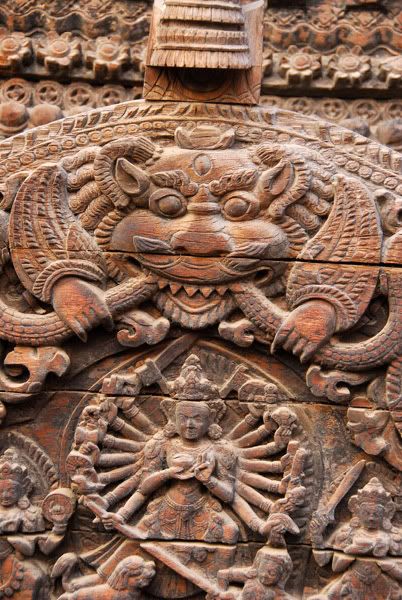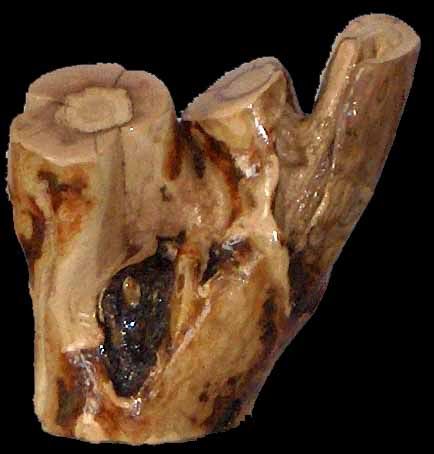
Nepal has achieved the high level in wood carving arts. Many carved artifacts have been found in the Terai region of the country, thus providing an insight into the religion and culture of these times. As with painting, nearly all-Nepalese sculptures are of a religious character. In addition to the theme, it seems that the artists themselves were also greatly imbued with a feeling of religious devotion. Sculpting wood is a lengthy and delicate procedure that requires great skill. A large piece of art can take up to more than a month to create and several people need to work on it. Crafting the work by hand is sometimes exhausting. The secrets of quality metalwork were kept restricted to a few families. Knowledge of the skill was passed down generation to generation and was guarded from those outside the family circle.

Still today you can find Shilpakars of Kathmandu, Nepal are devoted to their ancient and cultural gift which has been passed them by their ancestors. The wood work has been so perfect that the materials made by the Shilplakars are highly appreciated by all over the world. These Silpakar and Kaisthakar families enjoy a strong local and foreign market for their products. Most of the woodcraft industry today is focussed on providing local people and tourists with collectible items such as picture frames and miniature statuettes. Bungamati, Lalitpur, is one of Nepal's centers for woodwork and more than 350 family groups can be found there involved in the craft. Along with Bhaktapur, these centers produce high quality hand crafted work. However, only a few artists produce large pieces of arts as the market for them is relatively small, they take a long time to complete and require greater skill. Their Excellency of work can be found in most of the parts of Kathmandu valley, which have attracted many tourists since ancient times.

No comments:
Post a Comment